- Home
- slideshows
- miscellaneous
- I rode an electric scooter from every company operating in LA, and saw exactly why American cities aren't ready for them
I rode an electric scooter from every company operating in LA, and saw exactly why American cities aren't ready for them
My very first rental was a Lime scooter outside of the subway station.

It proudly boasted that it had been designed in California.
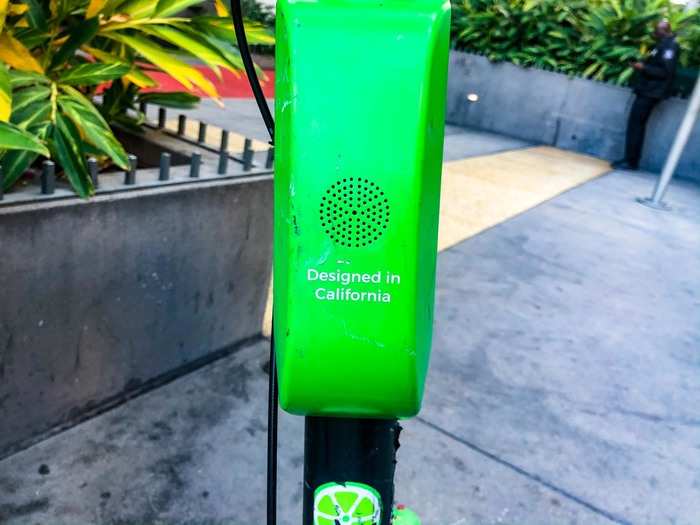
From what I heard, all I had to do was download an app and scan that little QR patch on the handle.
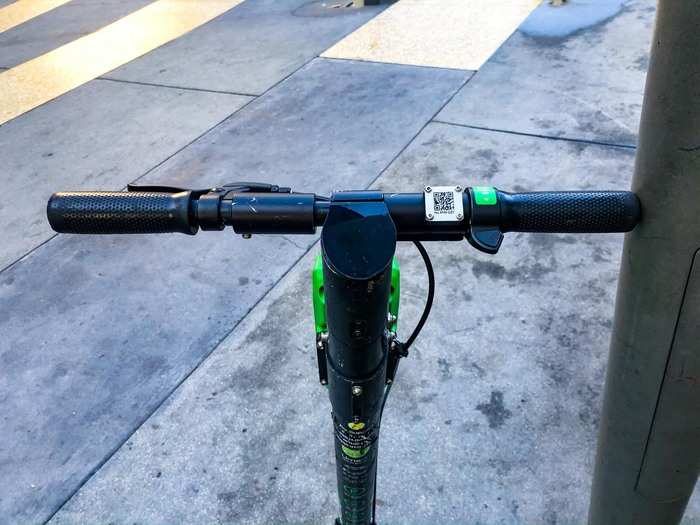
I downloaded the Lime scooter app.
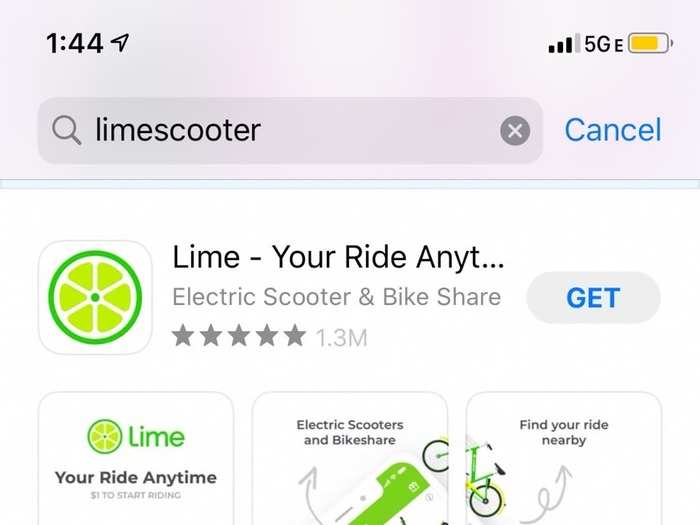
Then I added a payment method, enabled my camera, and scanned the QR patch. Voila!
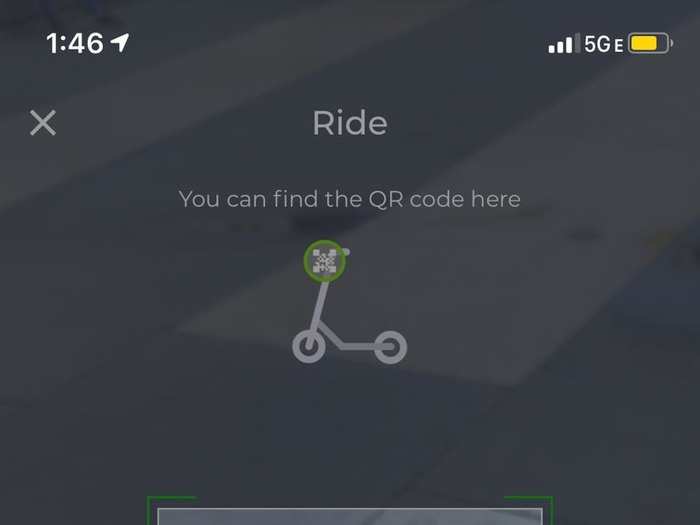
The app gave me a set of safety instructions that I could not follow: wear a helmet and don't ride on sidewalks. I asked a nearby policeman if I could ride on the sidewalk. He said yes.
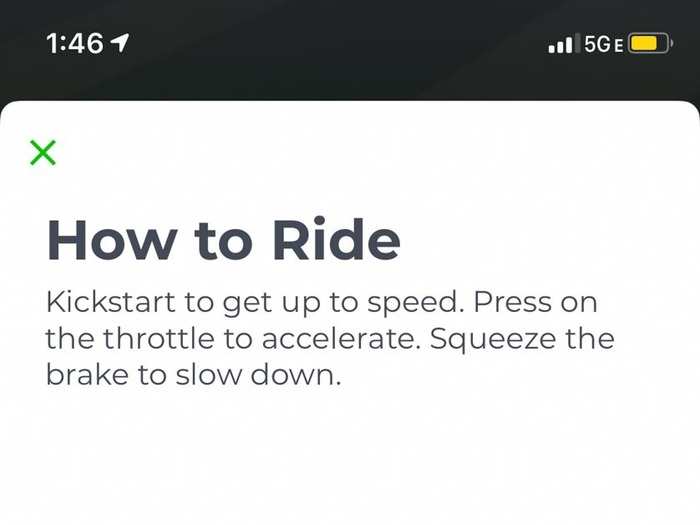
I was ready to ride! If only I could figure out how ...
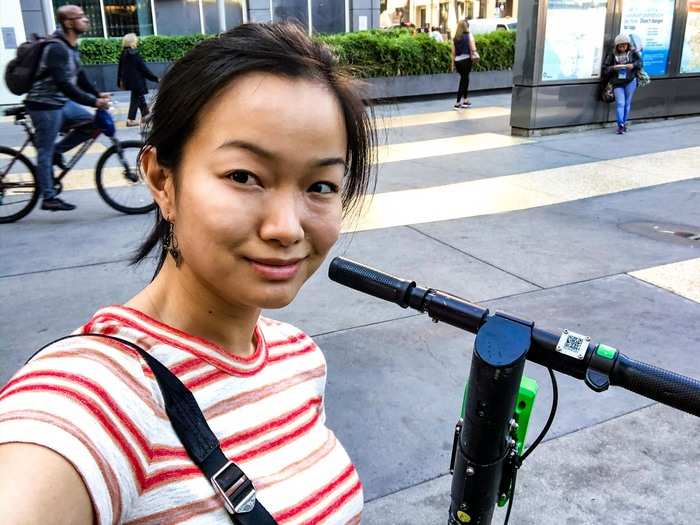
To make it go, I pressed a lever on the right handle. To make it stop, there was a brake lever on the left handle.
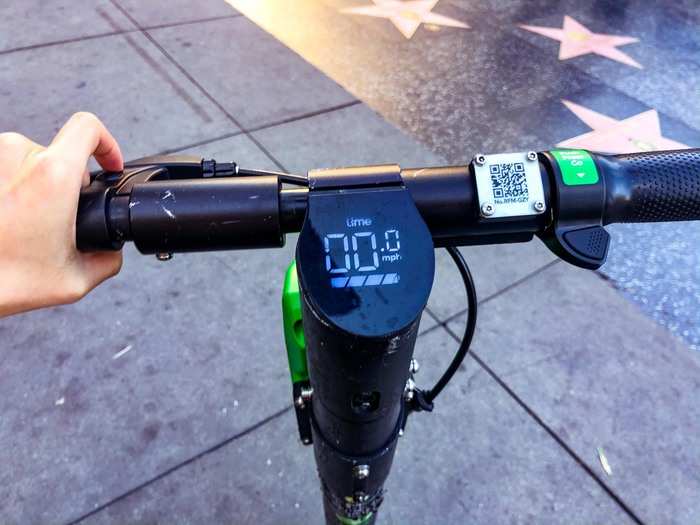
Soon, I was awkwardly stopping and going through crowds of tourists on the sidewalks of Hollywood.
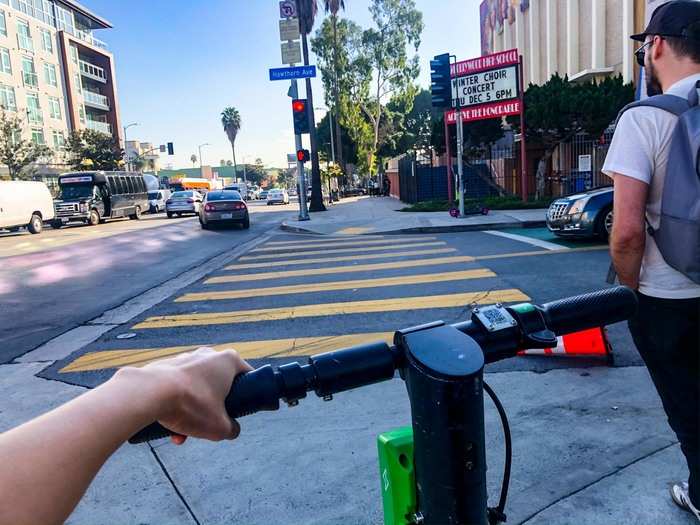
It's illegal to ride scooters on the sidewalks in Los Angeles, but there wasn't really a way to ride on the streets safely from what I could see.

It was a bumpy and harrowing ride. The scooter didn't deal well with minor bumps, and I felt like I might fly off at any moment. I reached my destination after 14 minutes for a cost of $6.
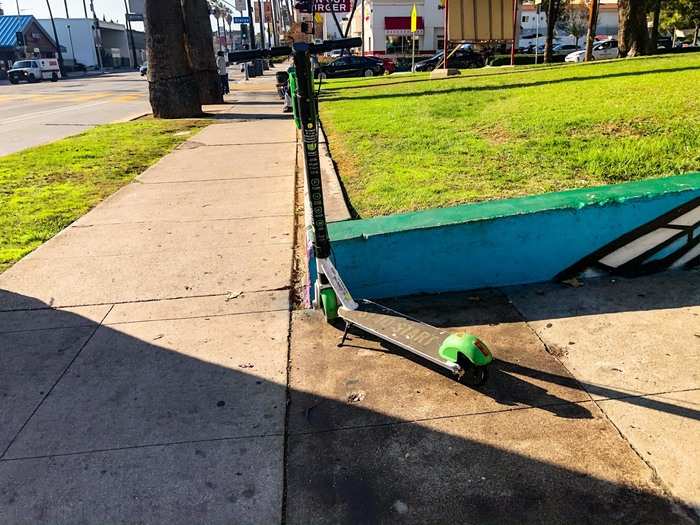
After my terrifying afternoon on a Lime bike, I was hesitant to touch another scooter. But the bright red of Uber's Jump scooter was hard to resist.
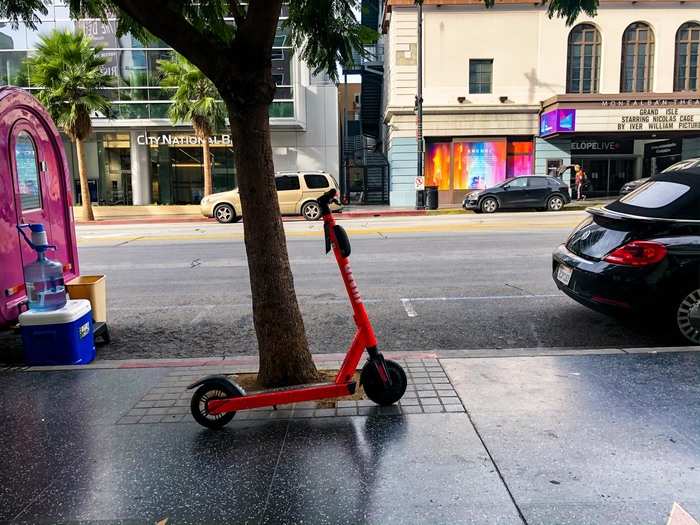
Again, Uber hits the user on the figurative nose with its safety warnings and instructions.
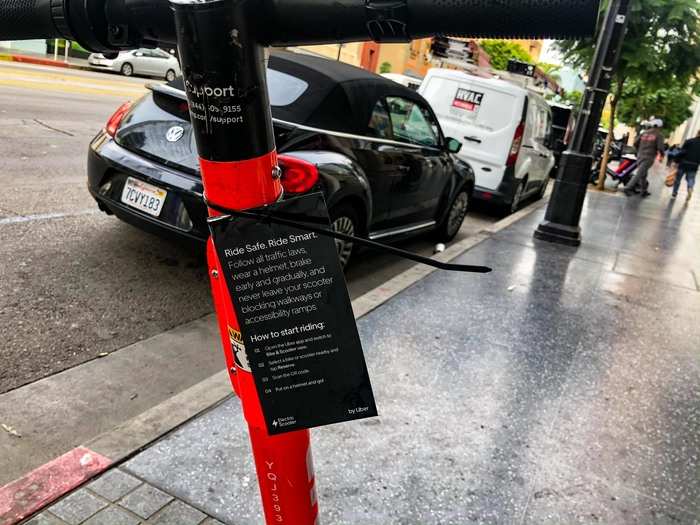
Who carries a helmet around with them? How does one ride on streets that are full of aggressive cars?
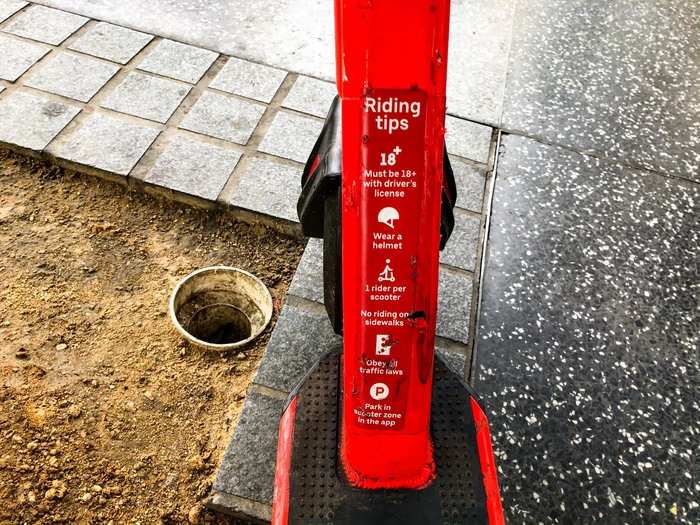
Forgive me, city of Los Angeles, for I ignored all the safety instructions. I couldn't see how I would be able to follow them.
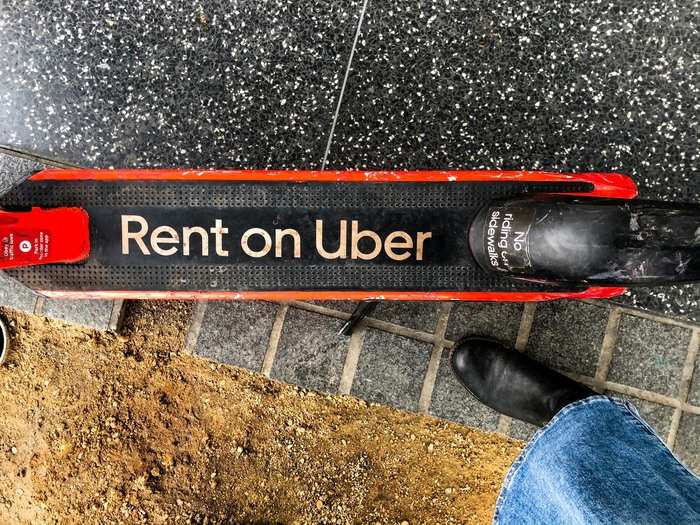
It was time to take this bright red baby for a ride.
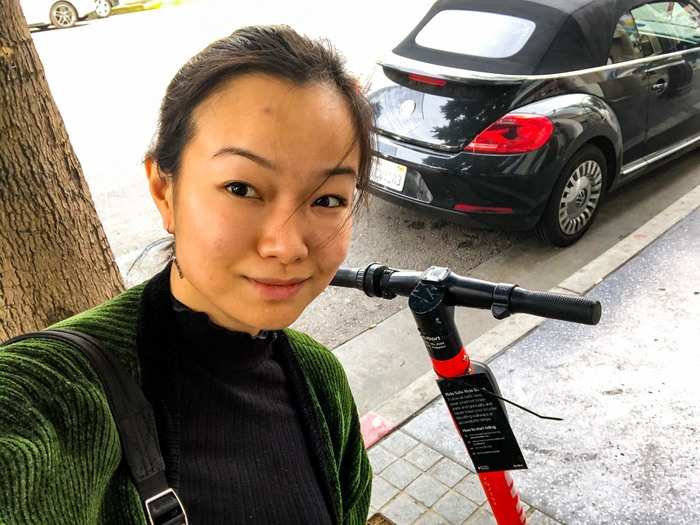
I immediately noticed that Uber's bigger wheels allowed for a much smoother ride than I'd had on Lime's scooters. Small obstacles became smaller, and I was able to go fast more confidently.
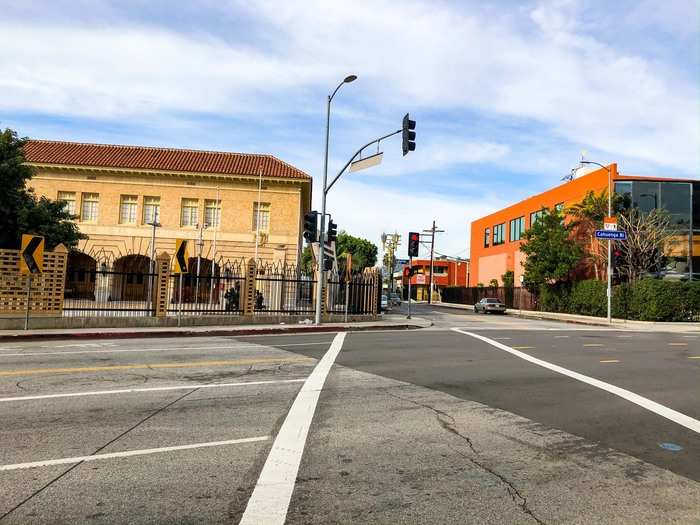
Still, several issues became apparent as I was riding. Los Angeles has a large homeless population, who are often forced to make their homes on sidewalks. These people need a place to exist, but their abodes likely make certain areas less navigable for scooters.
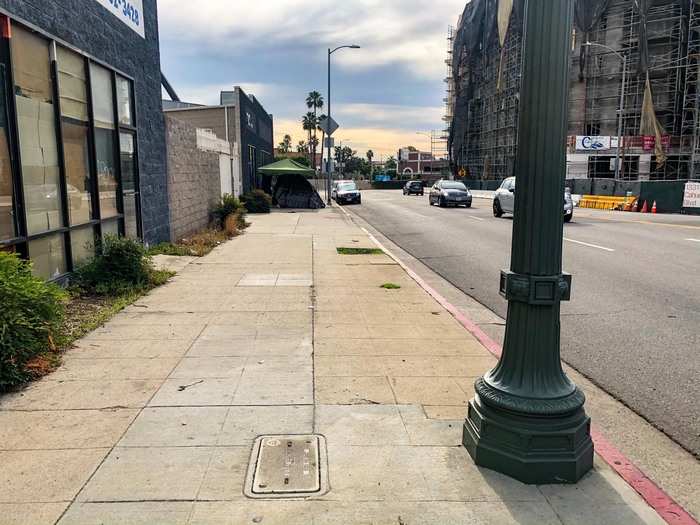
Also, frequently stopping at traffic lights took away some of the joy of scootering and turned it into more of a chore.
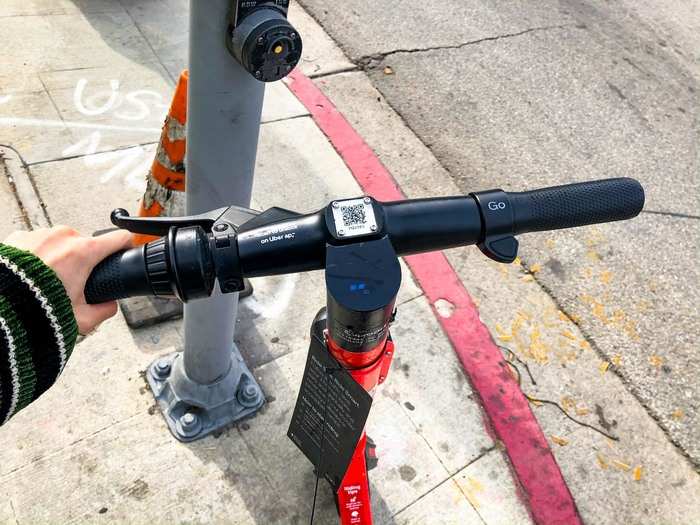
Ever the punishment glutton, I continued down a narrow sidewalk, too afraid to venture into the street.
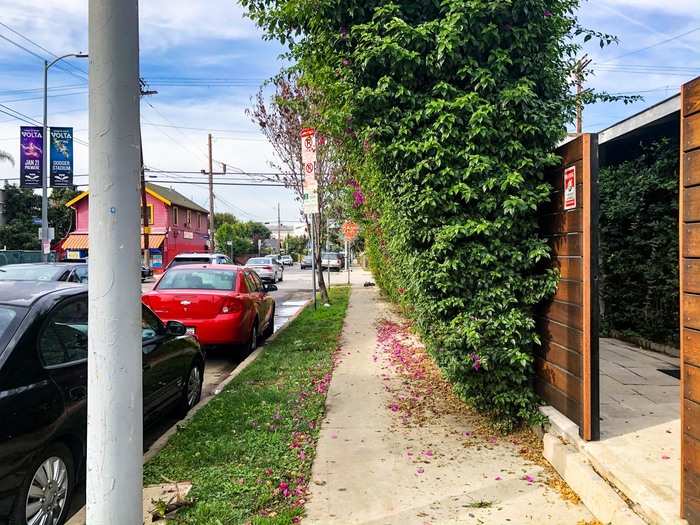
I was passing through a pleasant residential neighborhood lined with magnificent trees. But every time I was starting to enjoy myself, I encountered a new obstacle ...
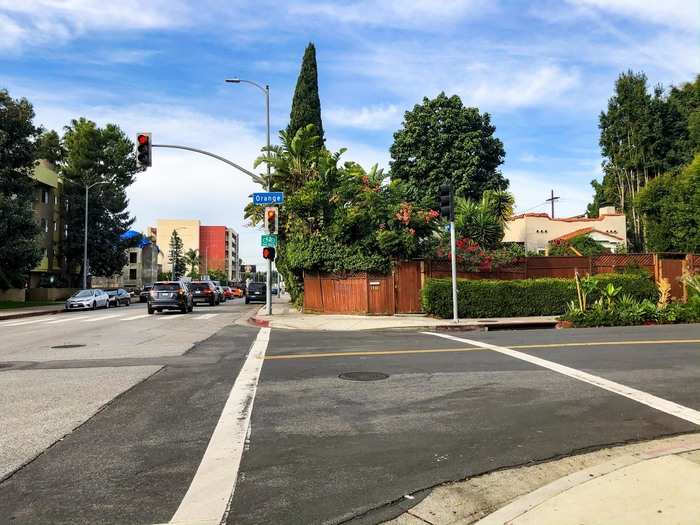
... like large, impassable bumps that I'd have to walk across or ride very, very slowly to cross ...
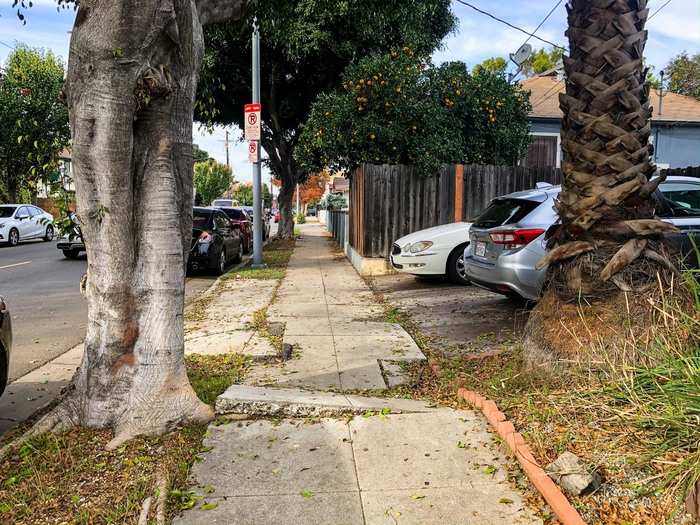
... stubborn curbs that I had to clumsily drag my scooter over ...
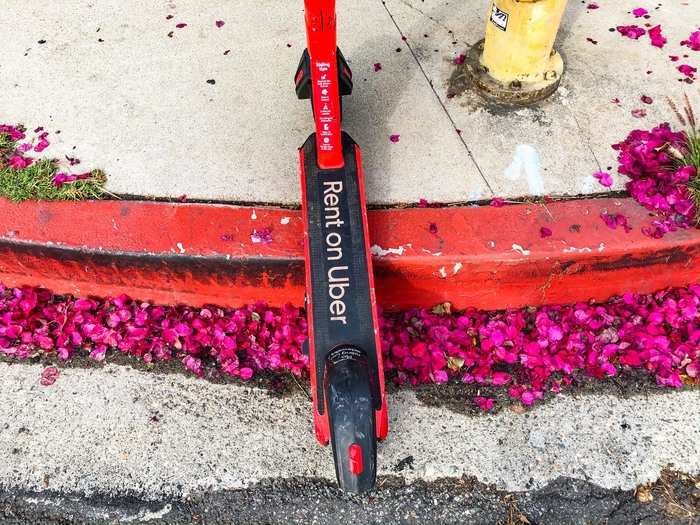
... and random giant poles in the middle of very narrow walkways.
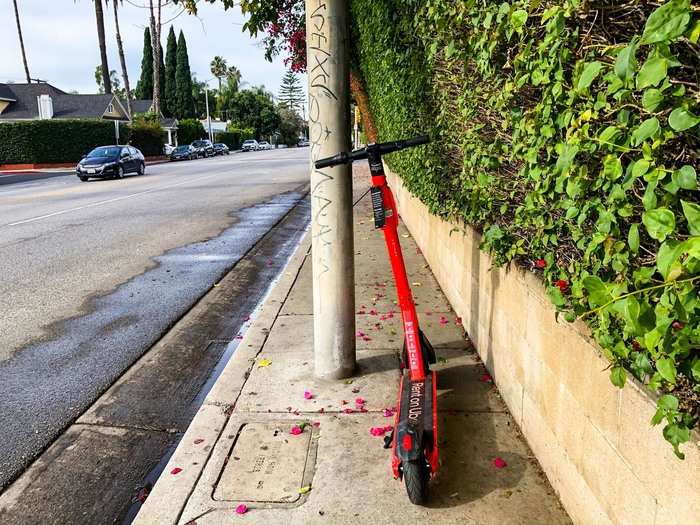
Then, I dropped my phone and cracked it. Soon after, my scooter slowed to a stop. I had entered a no-scooter zone. Although these areas are outlined in scooter application maps, it's hard to know what will happen to your scooter if you enter one.
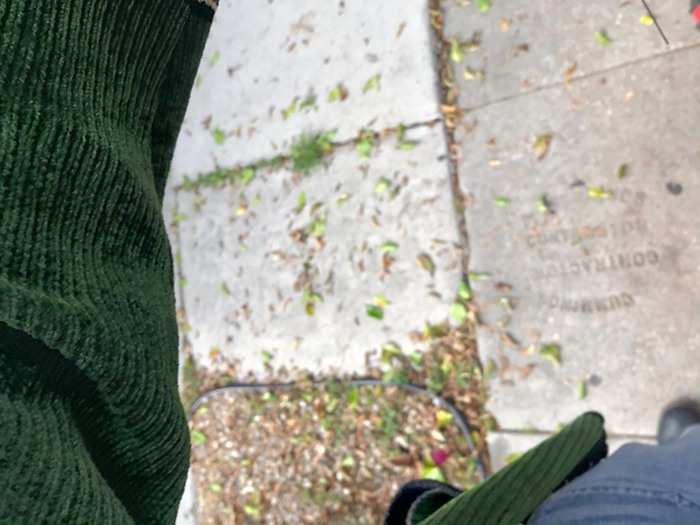
I asked Uber why my scooter stopped working all of a sudden, and it replied: "The city prohibits electric scooters in the area you were riding in so as a result we have blocked off that area to prevent violations."
However, I encountered a rider on a functioning Bird scooter in the same zone where my Jump scooter stopped working. It turns out that while scooter apps do work with the city to enforce red zones, when and how they are enforced is not information that's readily available to riders. It is unclear and inconsistent whether red zones mean a scooter will stop working, or if scooters are simply not allowed to be parked in the area.
I manually pushed my scooter out of the red zone to end my ride. A 26-minute ride cost me $8.26. Callouses were starting to form on my hands. With several miles between me and my destination, I gave up and called a Lyft car.
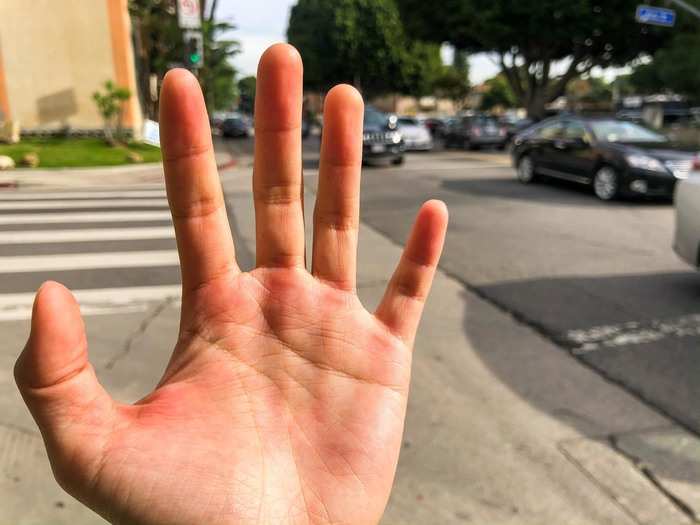
At this point, I was ready to be done with scooters. But as a journalist, it was my solemn duty to hop on every scooter I encountered in the city of Los Angeles, as long as it made sense for my transportation needs.
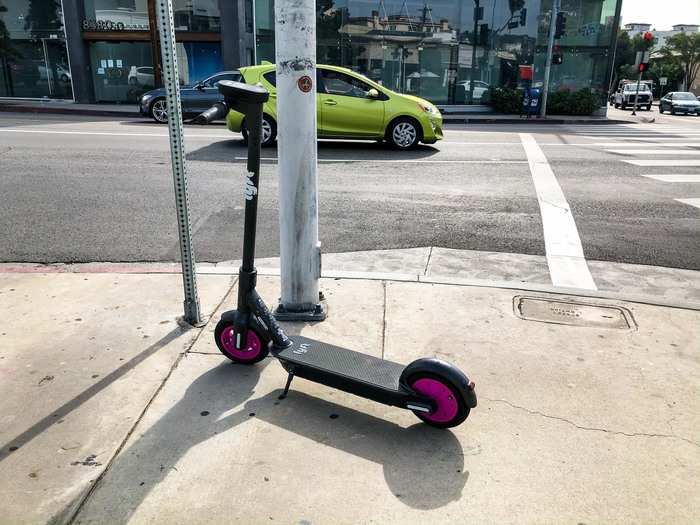
Another day, another ride, another scooter app. This time, it was Lyft.
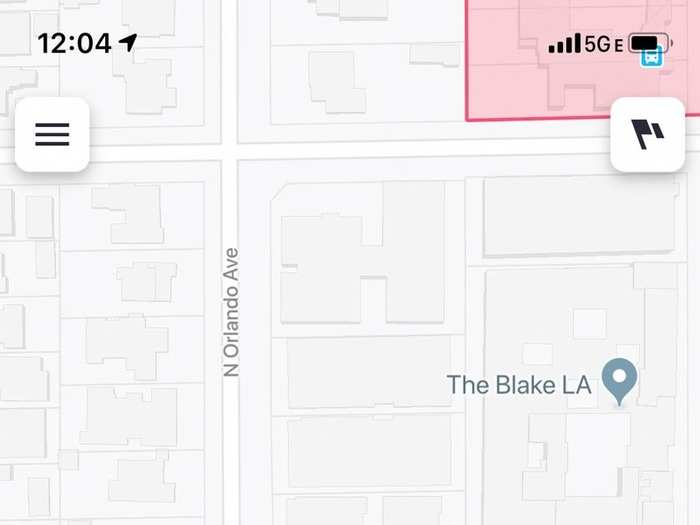
Another app telling me to ride in the street and in bike lanes. What bike lanes?

Each scooter I'd ridden so far had the same dual-lever acceleration and braking system, as well as a QR lock.
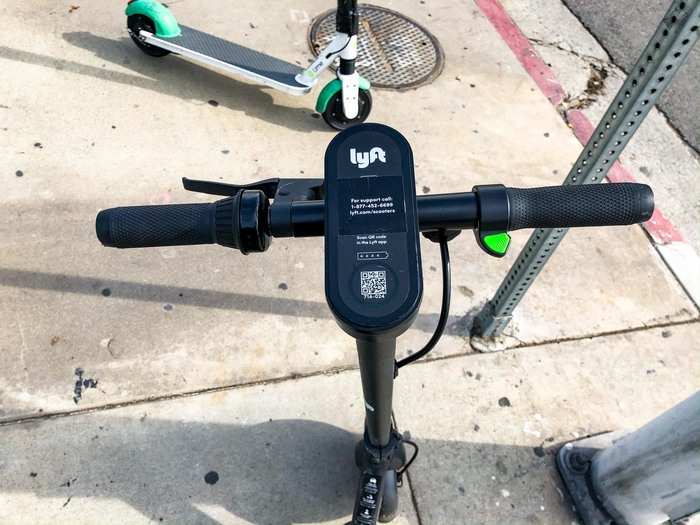
Lyft was immediately a much smoother ride than Uber or Lime had been. Sidewalk cracks were barely noticeable.
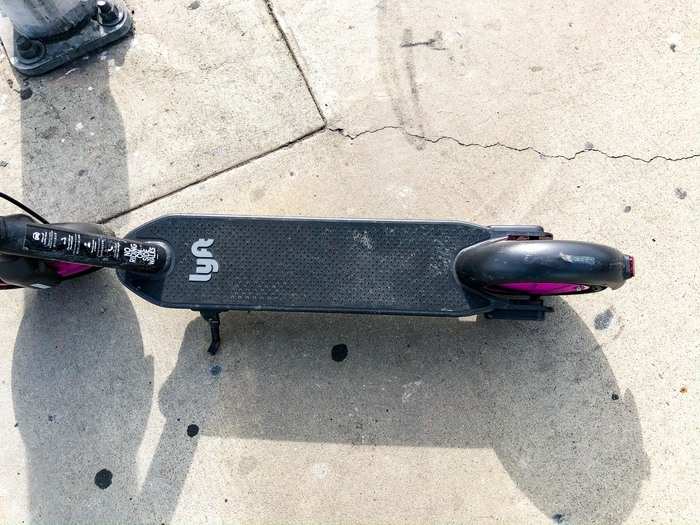
I was nervous about passing through the same no-parking zone that had killed my Uber scooter.
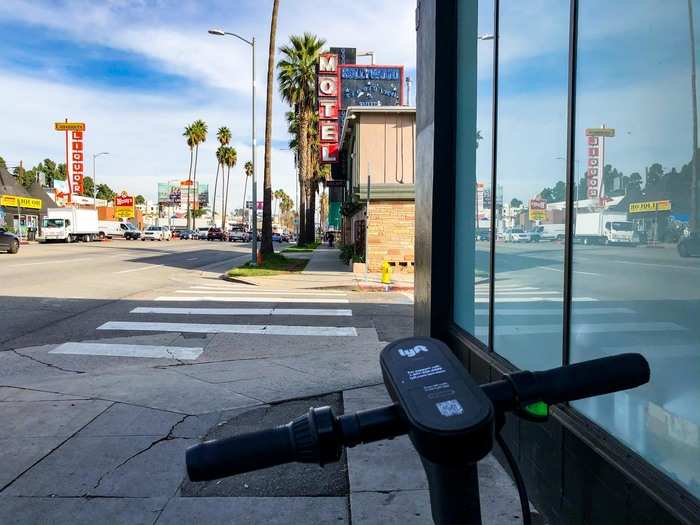
I had to cross two blocks in the danger zone. I expected my scooter to turn into a pumpkin at any moment.
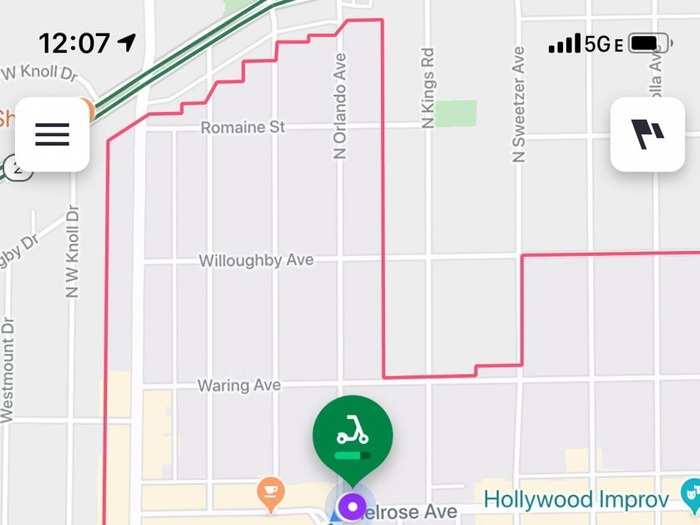
But it didn't! My ride was smooth and breezy, and I even began to let loose and even have fun.
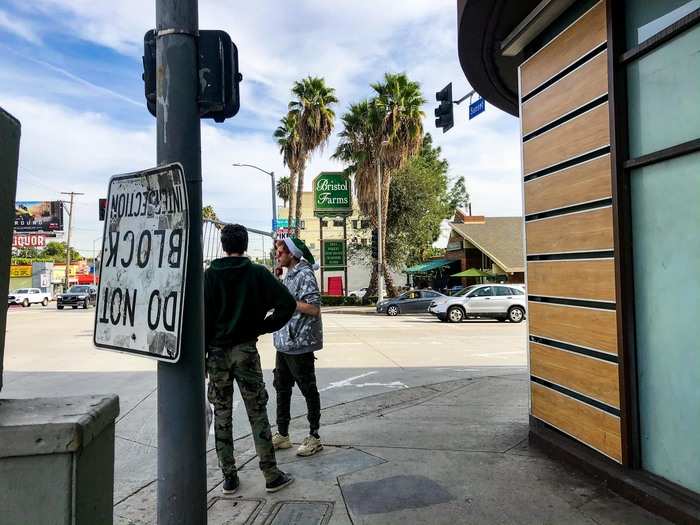
When I reached my destination, I was sad to leave my scooter buddy behind. My 16-minute ride cost $5.65.
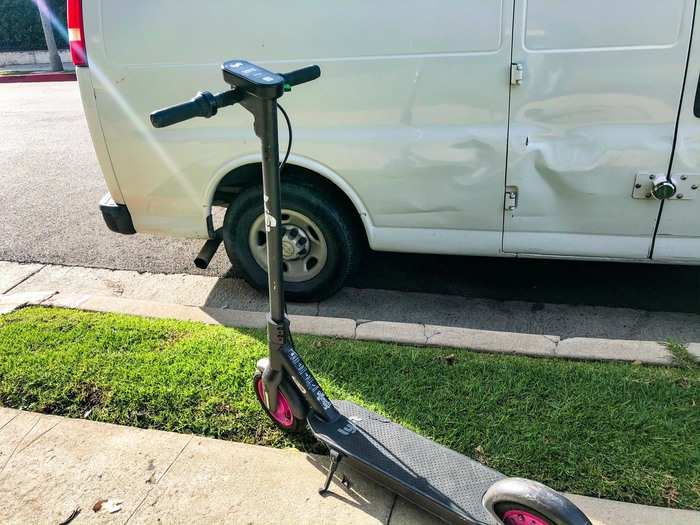
Next, I took the subway to downtown Los Angeles, where I found a whole flock of Birds parked near City Hall.
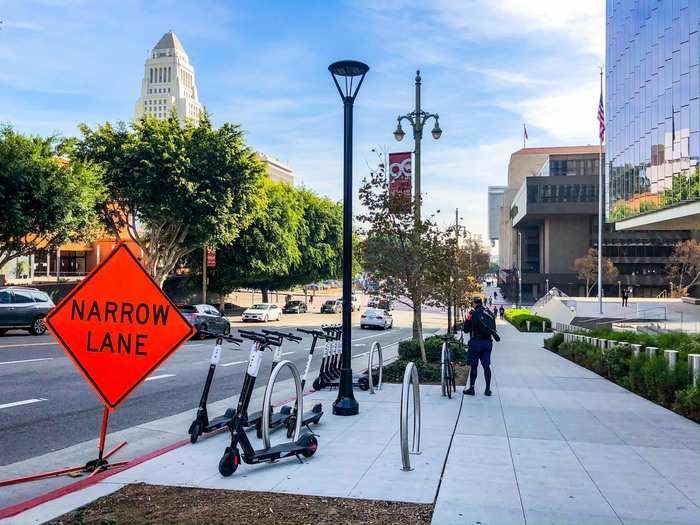
Bird requires you to prepay for a balance of at least $10 before you can start riding.
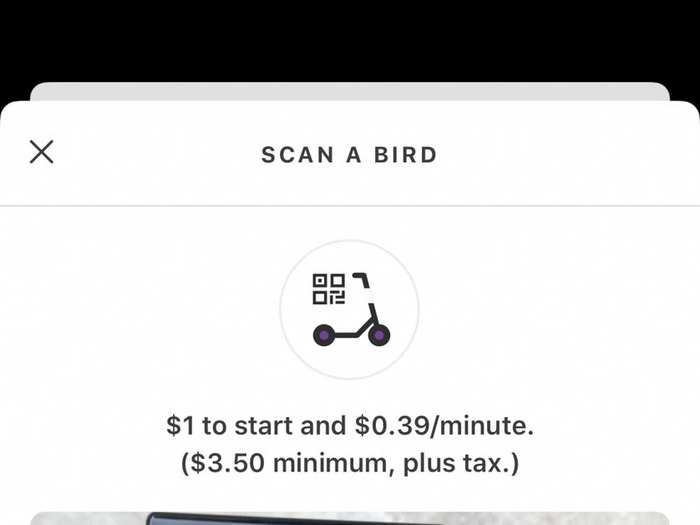
My mission, should I choose to accept it: ride a Bird scooter.
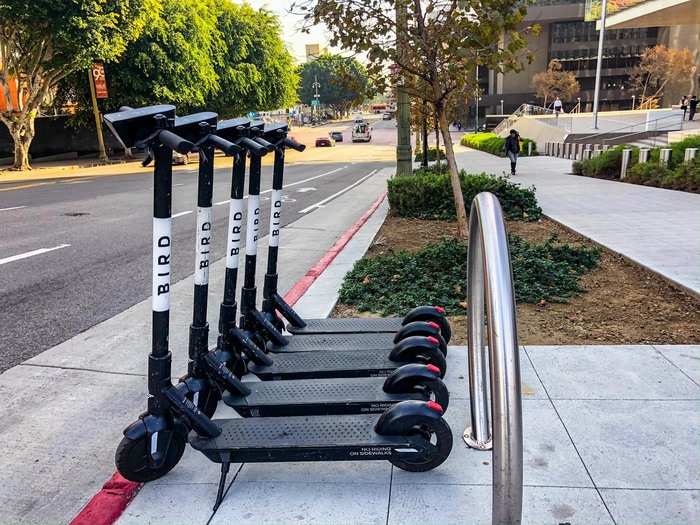
For the first time ever, I felt brave enough to take my scooter into the street.

No scooters were in motion during the taking of this selfie.
Finally, I felt the freedom of movement I've always dreamed of.
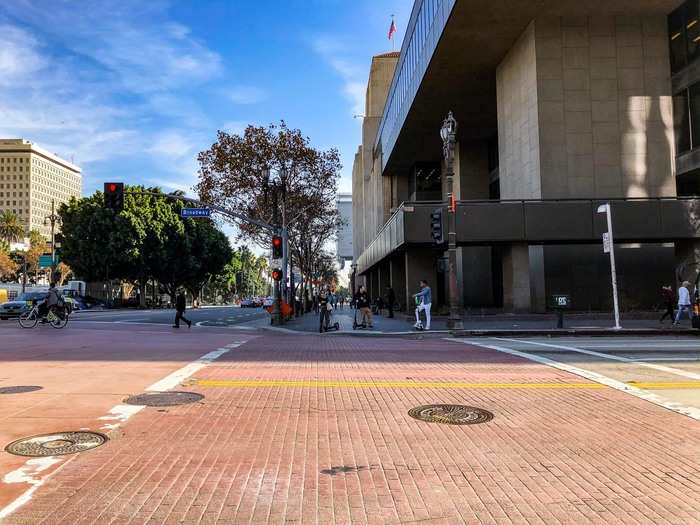
The wide, empty streets of Downtown LA were perfect for riding scooters.
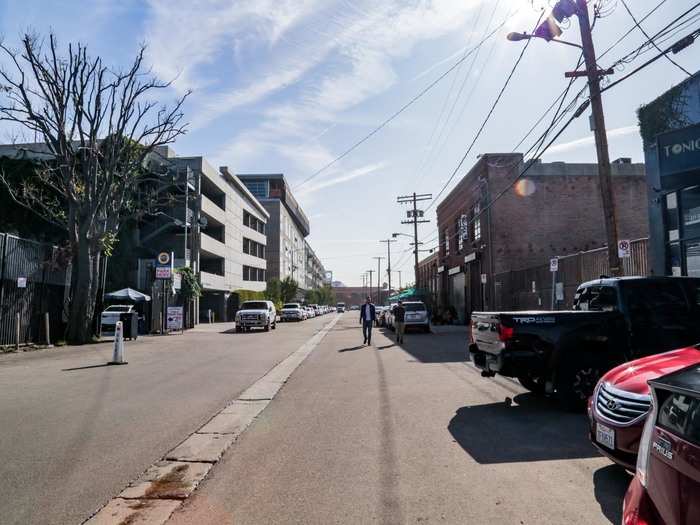
Sometimes, there were even bike lanes! But even when they weren't, riding in the low-speed streets was a sweet, sweet dream.
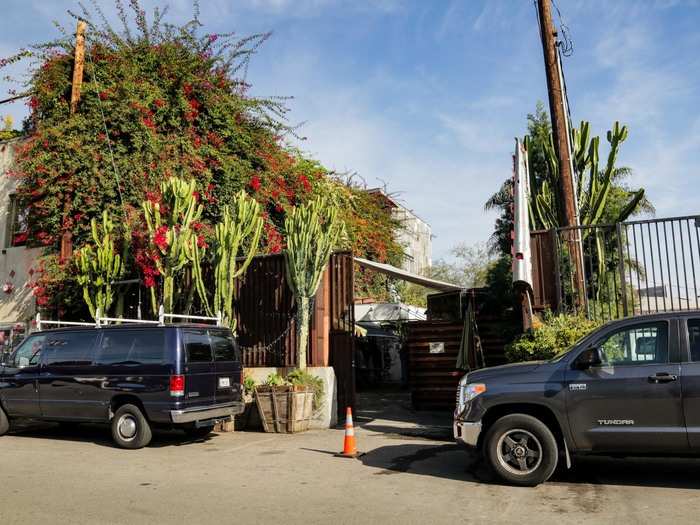
But the Bird scooter wasn't the easiest to handle. Plus, the pricing turned me off. My 14-minute ride cost $7.07. For my return trip, I turned back to my tried-and-true favorite.

Lyft has by far the best scooters out there. Riding one through DTLA gave me a burst of carefree, child-like joy that almost made me forget one major thing ...
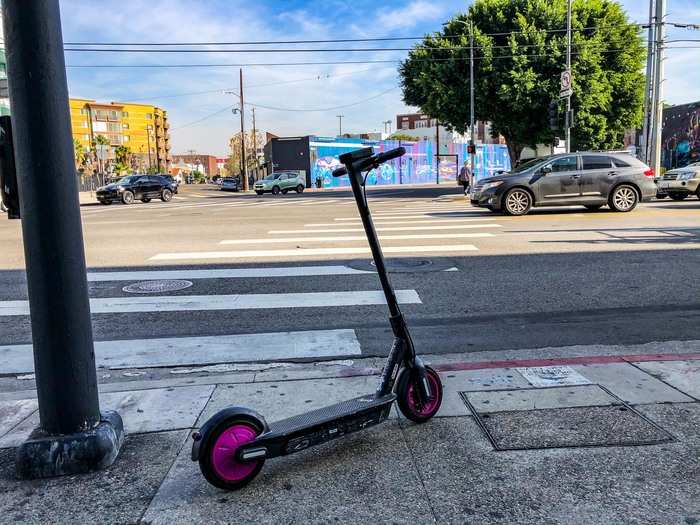
Scooters are really, really dangerous to ride.
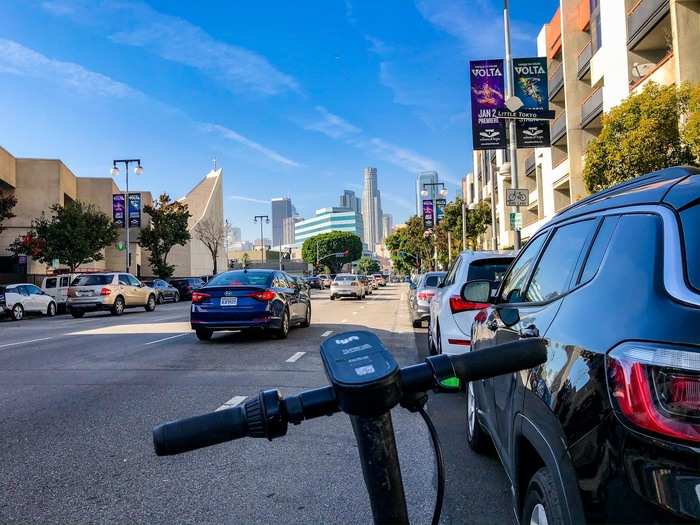
Riding them on sidewalks is a hazard to pedestrians, not to mention a major annoyance and illegal. However, many riders choose to break the law and stick to the sidewalks anyway, because the alternative is much scarier.
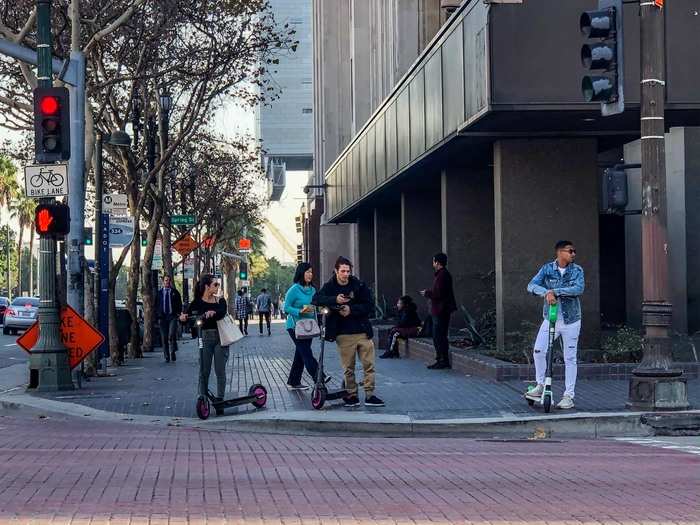
Most American cities aren't even built for bikes, much less scooters. And as slow, small, and lightweight vehicles, scooters provide no protection to riders who brave the streets that are full of giant angry cars.
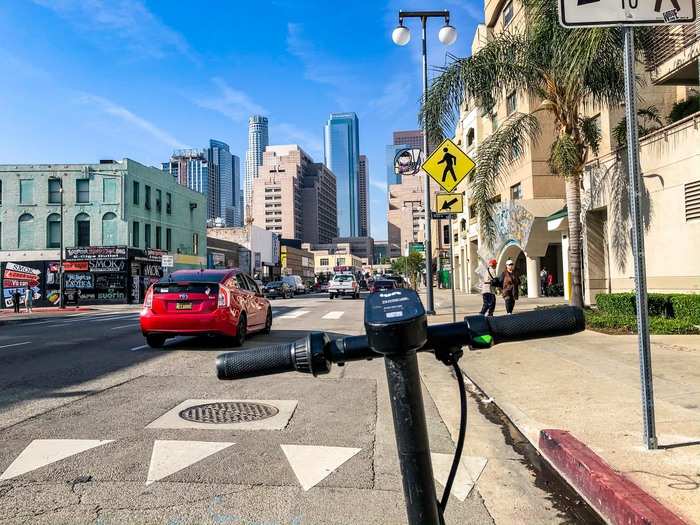
Safety is reliant on mutual understanding and respect between rider and driver, and that's not a lot to gamble your life on. And if apps aren't clearly communicating the rules to riders, the uncertainty poses an additional threat.
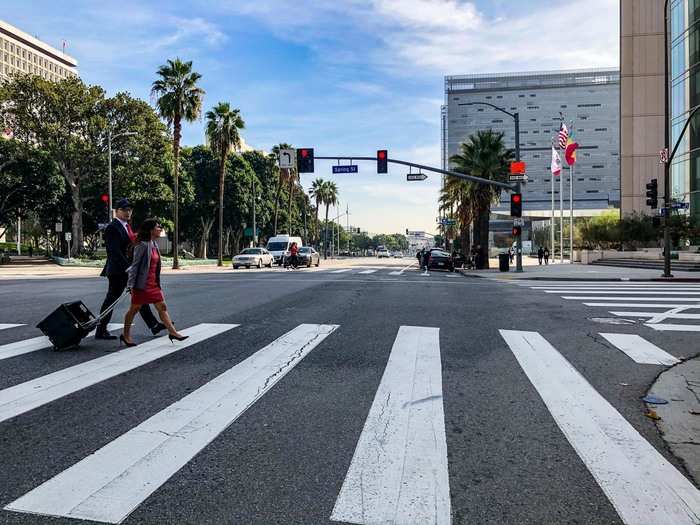
Scooters can become a revolutionary mode of public transportation. They're easy, cheap, and outrageously fun for short distances. However, scooter apps need to focus on communicating more effectively with riders. Ultimately, cities that welcome scooters need to prepare their streets to ensure the safety of riders, drivers, and pedestrians alike.
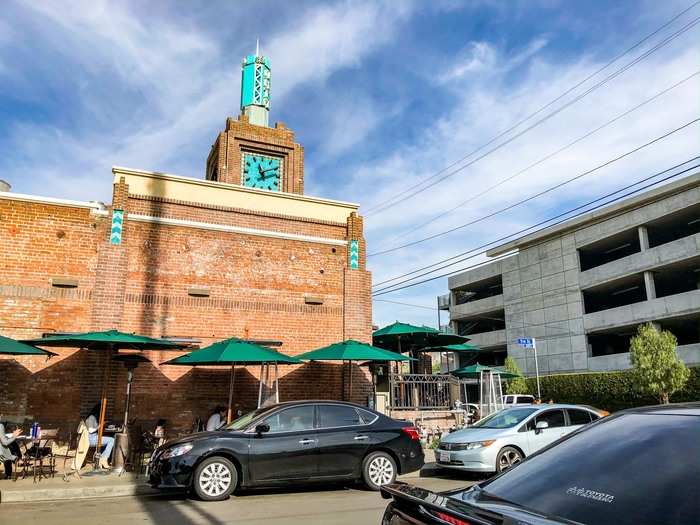
Popular Right Now
Popular Keywords
Advertisement